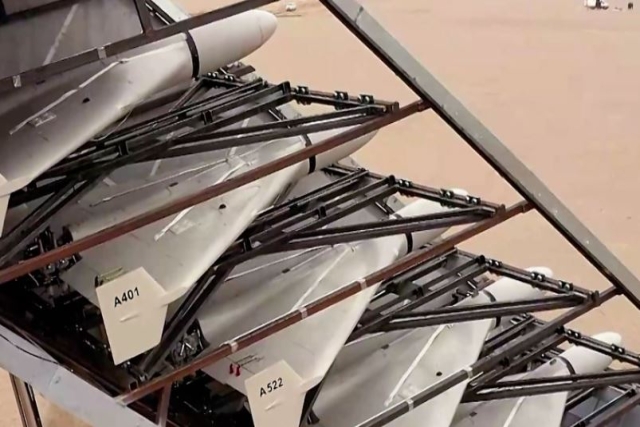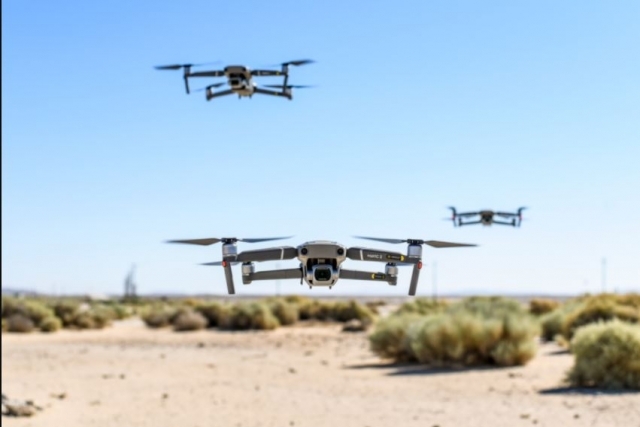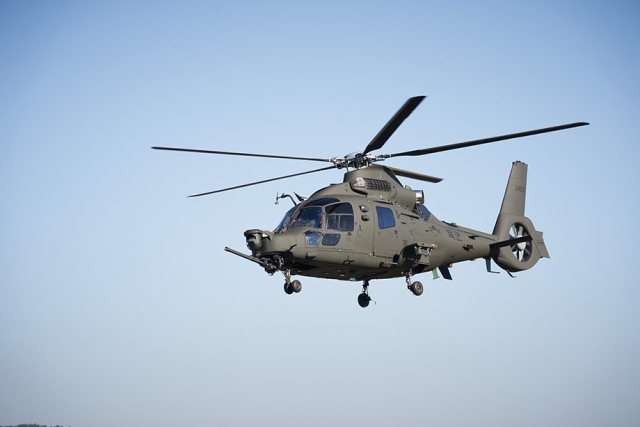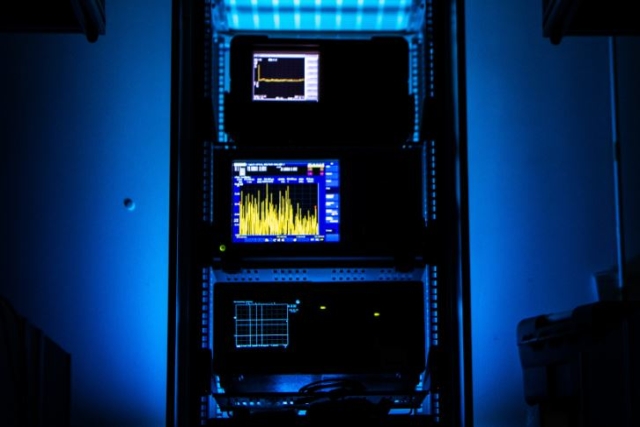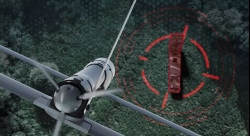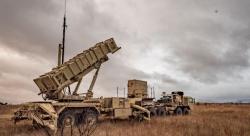U.S. Marine Corps Awards Anduril $200M Contract for Counter-Drone System
Anduril to Deliver Counter Unmanned Aerial System for Enhanced Air Defense

The U.S. Marine Corps has awarded Anduril a $200 million, five-year Indefinite Delivery/Indefinite Quantity (IDIQ) contract to develop and supply a Counter Unmanned Aerial System (CUAS) Engagement System (CES) as part of its Marine Air Defense Integrated System (MADIS) Program of Record.
This initiative aims to strengthen the Marine Air Ground Task Force (MAGTF) against evolving aerial threats.
The MADIS CES, a critical element of the Marine Corps’ expeditionary counter-drone program, incorporates CUAS technologies to ensure effective defense against unmanned aerial systems (UAS) and other airborne threats. Anduril’s CES will include Anvil, an autonomous, low-collateral interceptor designed to neutralize Group 1 and Group 2 drones. It will also leverage the Lattice operating system, a command-and-control platform integrating artificial intelligence, edge computing, and sensor fusion for streamlined decision-making.
The system’s modular, open-architecture design allows for continuous upgrades, enabling integration of new technologies and maintaining a technological edge. This flexibility supports the rapid incorporation of Engineering Change Proposals (ECPs) and ensures the Marines can adapt to emerging threats in dynamic environments.
Lessons from Anduril’s fixed-site Sentry Tower deployments, which provide autonomous counter-drone capabilities across U.S. Marine Corps installations, have informed the development of the MADIS CES. These field-tested innovations will enhance the CES system’s performance for forward-deployed Marines.
Marine Air Defense Integrated System (MADIS)
MADIS is a short-range, surface-to-air system that enables Low Altitude Air Defense Battalions to deter and neutralize unmanned aircraft systems and fixed wing/rotary wing aircraft. Mounted aboard two Joint Light Tactical Vehicles, the system is a complementary pair. MADIS includes multiple disparate systems, including radar systems, surface-to-air missiles, and command and control elements. In layman’s terms, one detects, and the other attacks.
Drones continue to be a threat, especially with the emergence of easily accessible, commercial off-the-shelf products. MADIS uses real-time communication and coordination to destroy or neutralize low-altitude aerial threats in defense of the Marine Air Ground Task Force.
During a test conducted a year ago, MADIS tracked and hit multiple targets using the Stinger missiles and 30mm cannon. Information passed through the Common Aviation Command and Control System to the “fighting pair” of vehicles, executing the engagements while continuing to track other UAS targets.

